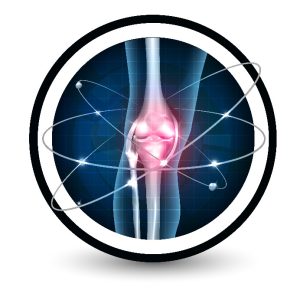
Genicular artery embolization (GAE) is a minimally invasive procedure meant to treat osteoarthritis (OA) by limiting the blood supply to the knee. The name of the procedure takes after one of the six arteries in the human leg and it is one of the most popular medical procedures dealing with knee pain caused by injury or osteoarthritis –a medical condition that can be best described as the breakdown of cartilage and inflammation of the synovial membrane along with shifting of the bones.
The inflammation is also called synovitis and it leads to the loss of range in motion, which is why many patients with OA experience difficulty in walking. Moreover, the inflammation can also be associated with vascular hypertrophy and joint effusion which can be described as the swelling of the joints that often leads to permanent damage in the knee.
Knee Embolization as a Minimally Invasive Alternative to Surgery
According to genicular artery embolization Phoenix specialists, a minimally invasive treatment of osteoarthritis, GAE uses tiny gelatin sponges or beads to block blood supply to a tumor or abnormal tissue area. It is a form of endovascular embolization (EE) which is a type of procedure that can be used to treat serious diseases such as neuroendocrine cancer.
GAE is a safe and effective alternative to traditional therapy. It also takes less time to perform than open surgery. The average duration of the procedure is fifty minutes, even though the maximum amount of time can reach up to a hundred minutes. Moreover, GAE can be easily reimbursed by Medicare or Medicaid Services and other insurance companies, thus, making it a cost-effective option for people suffering from osteoarthritis.
The Basics of GAE
GAE is carried out by an interventional radiologist and an anesthesiologist. The initial consultation is followed by the actual procedure and ambulatory post-operative observation. Wound care or overnight surveillance are rarely required.
During the procedure, conscious sedation can be used through an IV along with a local anesthetic. Moreover, the whole procedure is guided via X-ray into the knee. The contrast dye itself is used to perform an angiography that identifies branches (of the artery) that are abnormally inflamed.
Potential Risks
The rate of success is close to 85% and only minor complications can occur as a result of technical failure. The ones that have been reported include: discoloration in the skin of the knee, groin hematoma, self-resolving focal skin ulcerations and small bone infarction. Other potential risks include: profuse bleeding, damage to other structures in the knee and the blockage of blood supply to normal tissue.
Inclusion Criteria and Disqualification Factors
The inclusion criteria (for people who can benefit from GAE) mostly consists of: evidence of arterial disease, knee pain or tenderness, resistance to traditional treatment or simple refusal of surgery, informed consent and an age range from forty-five to eighty. The main signs that a patient can benefit from GAE are the ones related to: pain when walking up the stairs, discomfort when waking up, persistent tenderness in one of the knees and diminished relief from traditional treatment.
However, some of the patients exhibiting these symptoms may be excluded as candidates for GAE. The reason behind the exclusion is the fact that there are certain factors of disqualification. What can disqualify a patient includes: active cigarette use, infection, severe instability of the knee joint as well as malignancy in the knee.
All in all, when performed on eligible candidates, knee embolization can improve quality of life to a great extent. Technical success is often achieved and therapeutic success is up to 85% in Western countries.